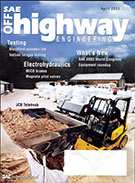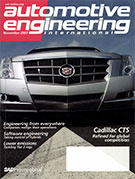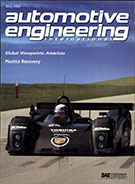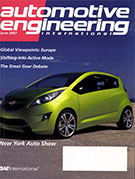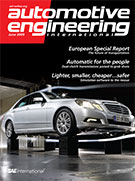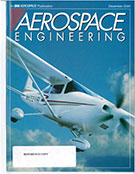Magazine

SAE Truck & Off-Highway Engineering: February 2019
2019-02-01
Over-the-air affair Remote updating of software and firmware on commercial trucks and off-highway machines is on the rise, not only for maintenance functions but also to add new features like operator-assist technology. Developments in engine-based gensets With demand for generator sets steady and regulatory change settling, suppliers can rationalize their offerings and push improvements in areas like noise abatement and economy. Testing, testing and even more testing The commercial-vehicle market is eager to adopt more ADAS and automated-driving innovations, but before those technologies get to the road they must first pass rigorous testing practices that prove their efficacy. Smart and connected powertrains FPT Tech Day reveals multi-power Cursor X concept, other "4.0 innovations" for hydrogen fuel cell, electric and natural gas propulsion.
